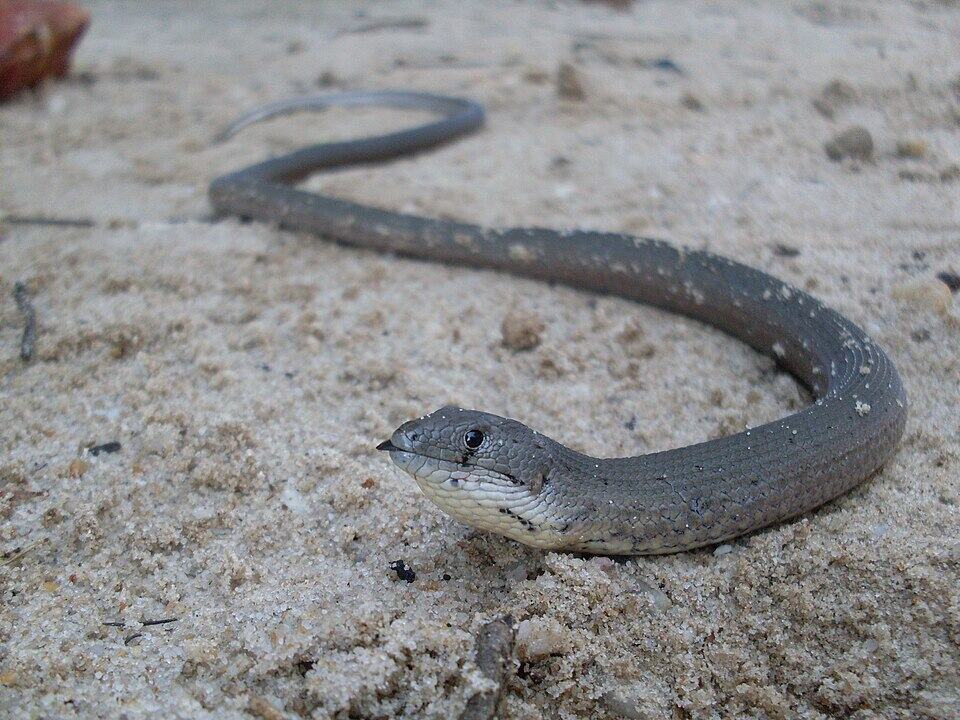Across the reptile world, a fascinating evolutionary phenomenon is taking place: some lizard species are gradually reducing or even completely losing their limbs. This process, known as limb reduction or limblessness, represents one of the most dramatic examples of evolutionary adaptation visible in vertebrates today. From the legless glass lizards to the snake-like skinks, these remarkable creatures challenge our typical image of what makes a lizard a lizard. The journey from four-legged ancestors to streamlined, serpentine forms offers a window into evolutionary processes that have been occurring for millions of years. This article explores the fascinating reasons behind this transformation, the species experiencing it, and what it teaches us about adaptation and evolution.
The Evolutionary Mystery of Vanishing Limbs

The reduction or complete loss of limbs has evolved independently in multiple lizard lineages throughout evolutionary history. This convergent evolution—where similar traits develop separately in different lineages—suggests that limblessness provides significant advantages under certain conditions. Unlike snakes, which evolved limblessness once in their evolutionary history, lizards have taken this evolutionary path at least 25 different times across various families. This repeated pattern indicates powerful selective pressures driving this seemingly counterintuitive adaptation. Scientists have identified several key factors, including habitat preferences, hunting strategies, and energy efficiency, that may explain why losing limbs can sometimes be beneficial for survival and reproduction.
Underground Advantages: Burrowing and Limb Reduction
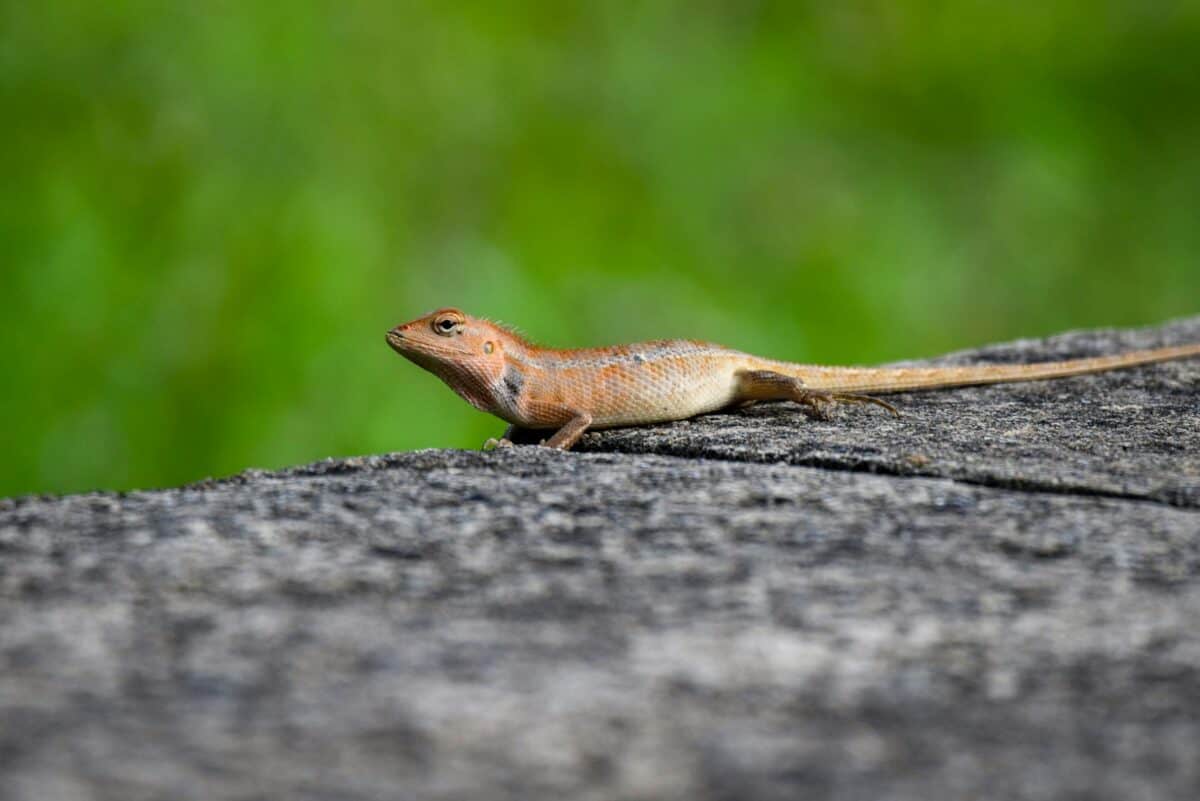
One of the most compelling explanations for limb reduction in lizards relates to burrowing behavior. Many lizard species with reduced limbs spend significant time underground or moving through narrow spaces like dense vegetation or soil. In these tight environments, protruding limbs can become obstacles rather than assets. The elongated, cylindrical body shape that typically accompanies limb reduction creates a significant advantage for moving through soil with minimal resistance. This streamlined form allows for more efficient locomotion in these restricted spaces, using lateral undulation (side-to-side movement) similar to snakes. Species like the Western slender glass lizard (Ophisaurus attenuatus) and many skinks demonstrate this adaptation, thriving in habitats where their limb-reduced bodies allow them to escape predators quickly by slipping into tight crevices or burrowing into loose soil.
The Grass-Swimming Hypothesis

Another compelling theory explaining limb reduction involves what scientists call “grass-swimming.” Many limb-reduced lizards inhabit dense grasslands, where navigating through tightly packed vegetation presents challenges similar to moving through soil. In these environments, a serpentine body with reduced limbs allows for smoother, more efficient movement. The Australian pygopodids (flap-footed lizards), for instance, have lost their forelimbs entirely while retaining small, paddle-like hindlimbs. These adaptations help them “swim” through dense grass and sandy habitats with remarkable speed and efficiency. Research has shown that this body form reduces energy expenditure during locomotion in such environments compared to typical four-limbed movement, providing these specialized lizards with both survival and competitive advantages in their ecological niches.
Genetic Mechanisms Behind Limb Loss

The genetic underpinnings of limb reduction reveal a fascinating aspect of evolutionary development. Rather than requiring new genetic innovations, limb reduction often occurs through modifications to existing developmental pathways. Research on the embryonic development of limb-reduced species shows alterations in the expression of Hox genes, which control body patterning during development, and other key developmental genes like Sonic hedgehog (Shh). These genetic changes can affect limb bud formation, growth, and differentiation. In some species, limbs begin to form in the embryo but then regress, while in others, limb development is suppressed from the start. Studies of the three-toed skink (Saiphos equalis), which shows variable limb development across populations, have provided valuable insights into these transitional genetic processes. Remarkably, many of the genetic tools for building limbs remain present in limbless lizards, just deactivated or modified—highlighting that evolution often works by repurposing existing systems rather than creating entirely new ones.
Stages of Limb Reduction: A Gradual Process

Limb reduction in lizards typically follows a predictable pattern rather than happening all at once. Paleontological and comparative anatomical evidence suggests that limb reduction usually begins with a decrease in digit number and size, followed by a shortening of the limbs themselves, with hindlimbs often persisting longer than forelimbs. This gradual process can be observed across different species today, creating what scientists call an “evolutionary sequence” where different species represent different stages of limb reduction. The diverse family Scincidae (skinks) provides an excellent example of this gradient, with species ranging from fully four-limbed forms to those with tiny vestigial limbs to completely limbless species. The Australian skink genus Lerista is particularly noteworthy, containing species with limb configurations ranging from five fingers and toes down to completely limbless forms, effectively displaying evolution in action across related species.
Famous Examples of Limb-Reduced Lizards
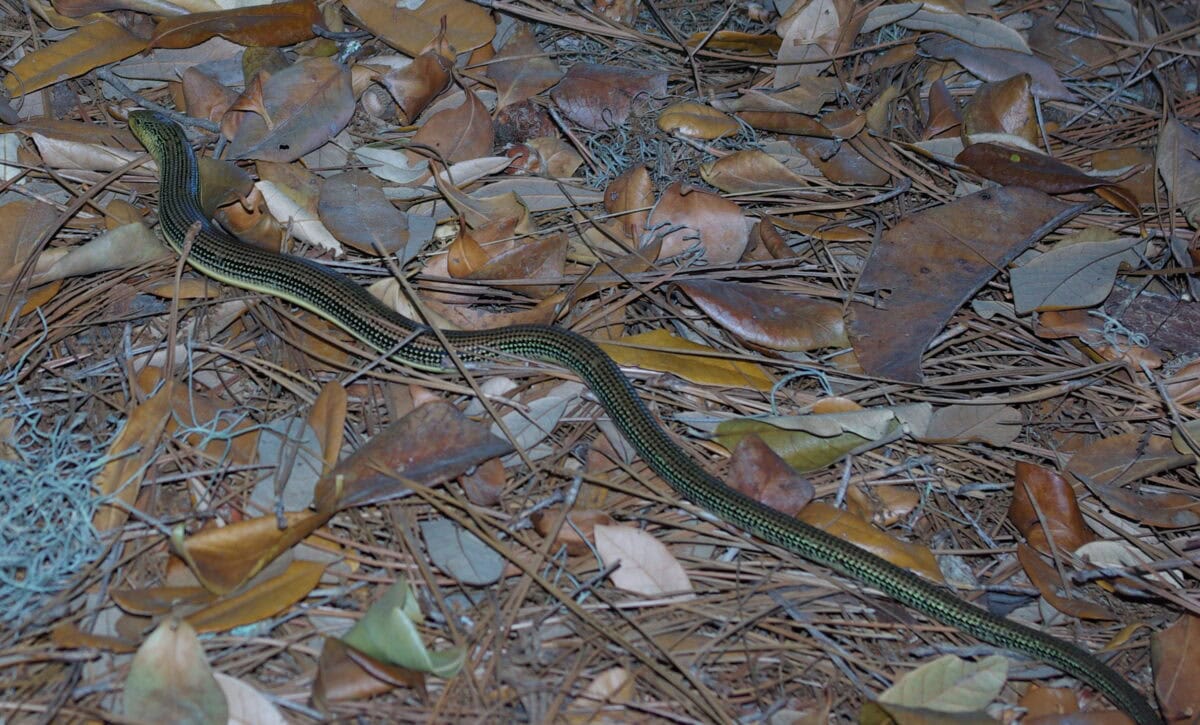
Several well-known lizard groups exemplify the trend toward limblessness. Glass lizards (Ophisaurus) retain vestigial remnants of their pelvic girdle but lack external limbs, while their elongated, fragile tails can be shed as a defense mechanism—a trait that gives them their common name. The legless lizards of the family Pygopodidae have lost their forelimbs completely and retain only small flap-like hindlimbs, adaptations that help them move efficiently through sandy Australian habitats. The California legless lizard (Anniella pulchra) has fully adapted to a subterranean lifestyle with no external limbs at all. Perhaps the most dramatic examples come from the skink family, where species like the Florida sand skink (Plestiodon reynoldsi) have tiny, almost useless limbs that they tuck into body grooves while “swimming” through loose sand. These diverse examples show how limb reduction has evolved convergently across the lizard family tree in response to similar environmental pressures.
Distinguishing Limbless Lizards from Snakes
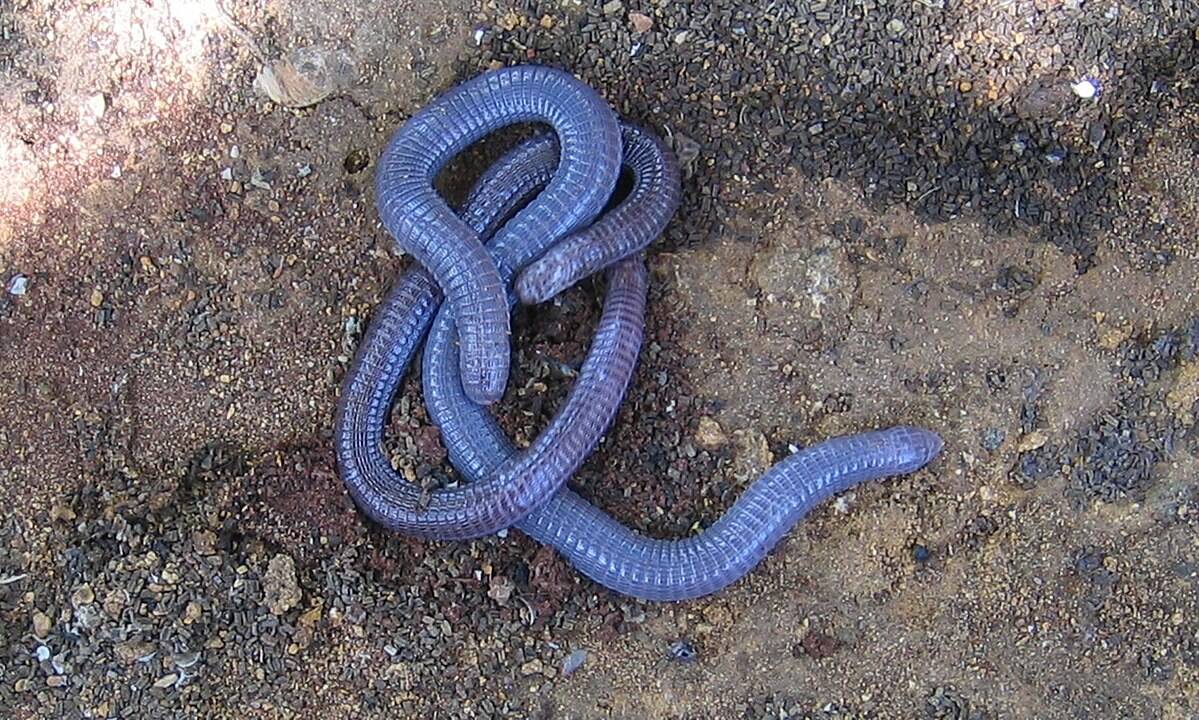
At first glance, many limbless lizards may appear to be snakes, but several key features distinguish these two groups. Unlike snakes, limbless lizards typically retain external ear openings, movable eyelids, and the ability to regenerate their tails if detached. Their skull structure also differs significantly from snakes, lacking the highly specialized jaw adaptations that allow snakes to consume prey much larger than their head diameter. Many limbless lizards also retain vestigial skeletal elements of their limbs or limb girdles, visible in X-rays even when no external limbs are present. Their movement patterns can also differ subtly from snakes, and many limbless lizards cannot move as quickly as snakes of similar size. These distinctions highlight that while limb reduction represents convergent evolution toward similar body forms, snakes and limbless lizards remain distinct evolutionary lineages with their own unique adaptations.
Ecological Advantages of Limb Reduction
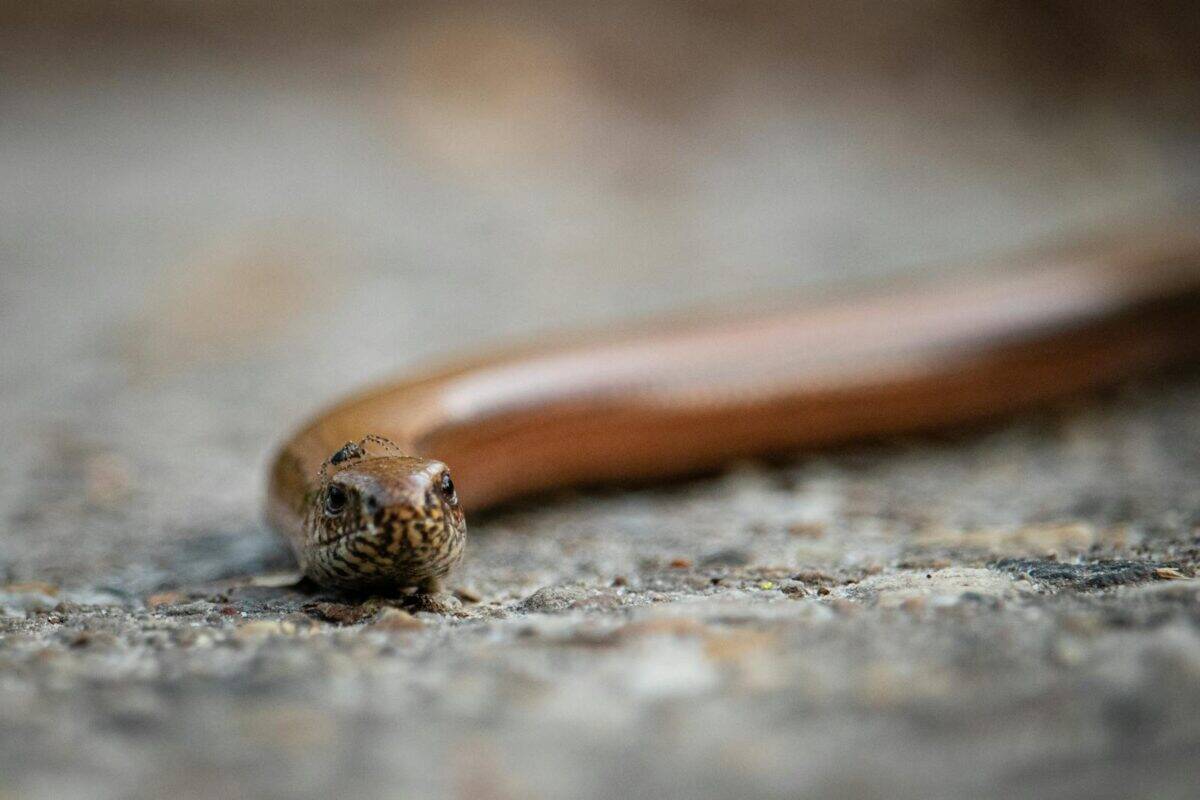
Beyond the mechanical advantages of limblessness for burrowing and grass-swimming, limb-reduced lizards gain several ecological benefits. Their body form allows them to exploit narrow niche spaces that more typical lizards cannot access, reducing competition for resources. Their unique locomotion often requires less energy than quadrupedal movement when navigating their specialized habitats, providing metabolic efficiency. Their streamlined bodies also offer fewer protrusions for predators to grab, and many species can escape by rapidly slipping into tight retreats. Some limb-reduced species have evolved specialized hunting techniques for catching prey in narrow tunnels or crevices. In environments where visibility is poor, such as underground or in dense vegetation, tactile senses often become more developed, reducing reliance on vision that might otherwise drive the maintenance of a head held high above the ground on limbs. These combined advantages help explain why limb reduction has evolved repeatedly despite the obvious benefits limbs provide in many other contexts.
The Trade-offs of Losing Limbs
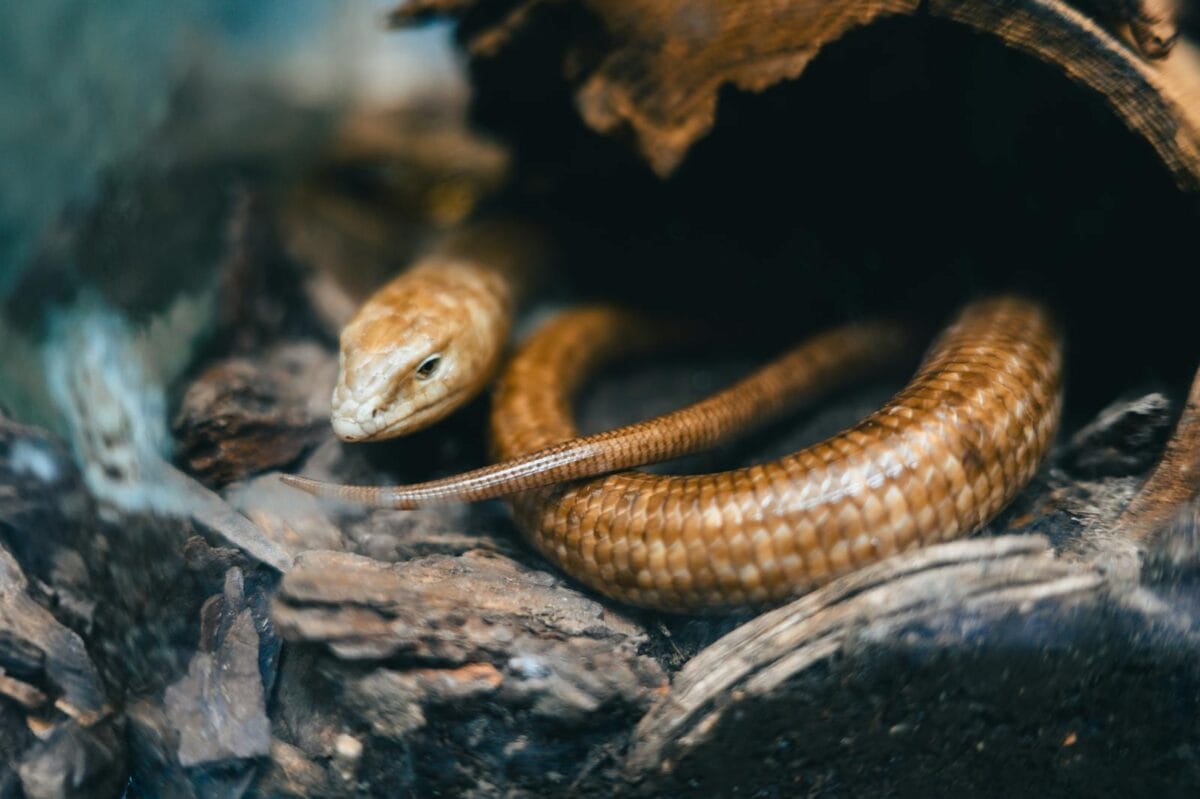
While limb reduction offers significant advantages in certain environments, it comes with noteworthy costs. Limbless lizards generally cannot climb vertical surfaces effectively, limiting their access to arboreal habitats and escape routes. Their speed on open, flat ground is typically slower than that of similar-sized limbed lizards, making them more vulnerable to predators in exposed areas. Thermoregulation—controlling body temperature—becomes more challenging without limbs to lift the body off hot or cold surfaces. Courtship and mating behaviors must adapt to accommodate limblessness, sometimes resulting in elaborate new ritualized behaviors. Perhaps most significantly, once a lineage becomes fully limbless, evolutionary reversal to regain limbs becomes extremely unlikely, as the developmental pathways for limb formation degrade over generations. This evolutionary “one-way street” means that limb loss represents a major evolutionary commitment to a specialized lifestyle, making these lizards particularly vulnerable if their specific habitat requirements change rapidly.
Conservation Concerns for Specialized Limbless Species
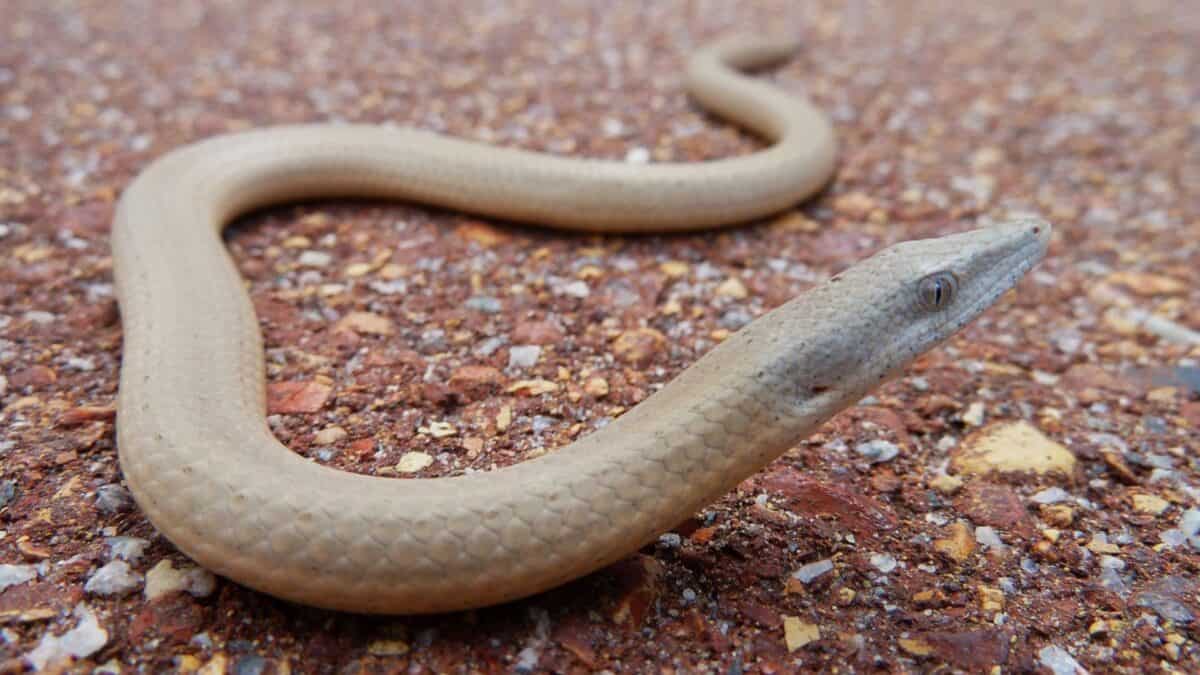
The specialized nature of many limb-reduced lizards creates particular conservation challenges. Their highly adapted body plans and restricted habitat requirements often make them vulnerable to environmental changes. Species like the California legless lizard (Anniella pulchra) face significant threats from habitat destruction as their specialized sandy habitat areas are developed for human use. Their burrowing lifestyle means these species are often overlooked in conservation assessments, as they can be difficult to detect during surveys. Additionally, their superficial resemblance to snakes sometimes leads to persecution by humans who mistake them for venomous species. Climate change poses particular risks, as many limbless species have reduced mobility that limits their ability to migrate to new suitable habitats as temperatures shift. Conservation efforts for these species increasingly focus on habitat preservation and connectivity, allowing these remarkable evolutionary specialists to continue their unique evolutionary journey.
Recent Discoveries and Ongoing Evolution

Research continues to reveal new insights about limb reduction in lizards. Recent studies using high-speed photography and force measurements have quantified the locomotor efficiency of different body forms in varied terrain types, confirming the advantages of limblessness in certain habitats. Genetic research has identified specific gene regulatory changes associated with limb reduction, including modifications to enhancer regions that control when and where limb development genes are expressed. The three-toed skink (Saiphos equalis) has attracted particular scientific attention as it appears to be in an active transitional state, with some populations showing more pronounced limb reduction than others. This provides a rare opportunity to study evolutionary change in real-time. Comparison of limbless locomotion across different lizard families has revealed subtle but important differences in movement mechanics, suggesting that each lineage has found slightly different solutions to the challenges of moving without limbs. These ongoing discoveries continue to refine our understanding of this remarkable evolutionary process.
Evolutionary Lessons from Limb-Reduced Lizards
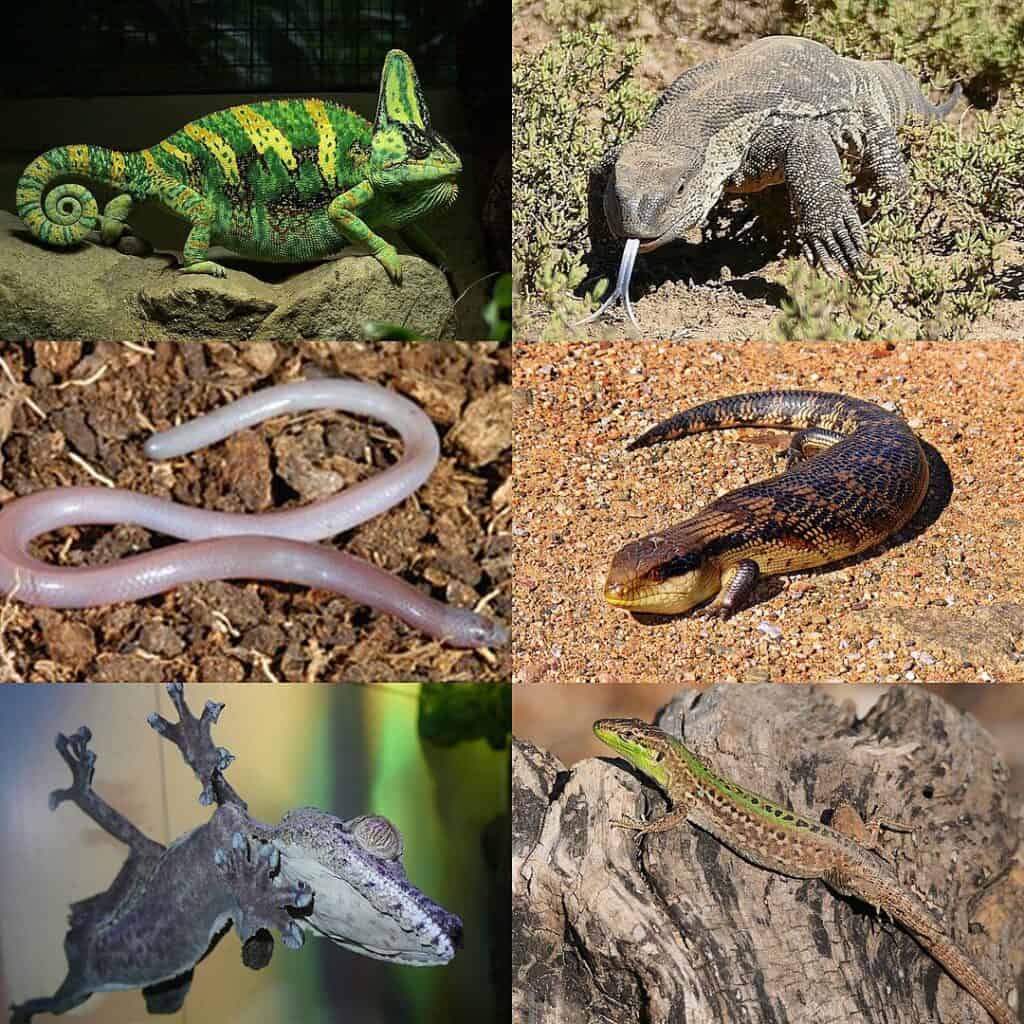
The repeated evolution of limb reduction in lizards offers broader lessons about evolutionary processes. It demonstrates that major morphological changes can evolve relatively quickly when selective pressures are strong, with some research suggesting complete limb loss can evolve within just a few million years—a brief moment in evolutionary time. The pattern of limb reduction also illustrates how evolution often works with existing developmental programs rather than creating entirely new structures, repurposing or modifying genetic pathways that already exist. The convergent evolution of limblessness across multiple lizard lineages provides a powerful example of how similar environmental pressures can drive similar adaptations in unrelated groups. Perhaps most importantly, these lizards highlight the principle that there is no single “best” body plan for all circumstances—what constitutes an advantage depends entirely on specific environmental contexts and lifestyle requirements. In some situations, losing what seems like an essential feature—limbs—can actually represent an evolutionary advantage rather than a loss.
The journey from four-legged lizards to serpentine, limbless forms represents one of nature’s most dramatic evolutionary transformations visible today. This process of limb reduction, occurring independently across multiple lizard lineages, offers powerful evidence of how natural selection shapes organisms to their environments, sometimes in seemingly counterintuitive ways. The varied stages of limb reduction observable across different species today provide a rare window into evolutionary change, allowing scientists to witness what is essentially an evolutionary sequence frozen in time across related species. As we continue to study these remarkable reptiles, they remind us that evolution is not a ladder of progress toward more complex forms, but rather a branching process of adaptation to specific environmental challenges. In losing their limbs, these lizards haven’t become lesser creatures—they’ve become perfectly adapted specialists, demonstrating the remarkable plasticity of life and its endless capacity for transformation.
- What Makes a Champion Racehorse? Experts Explain - August 16, 2025
- The Wild Mustangs of Nevada Are a Living Piece of American History - August 16, 2025
- Why Flamingos Stand on One Leg - August 16, 2025

